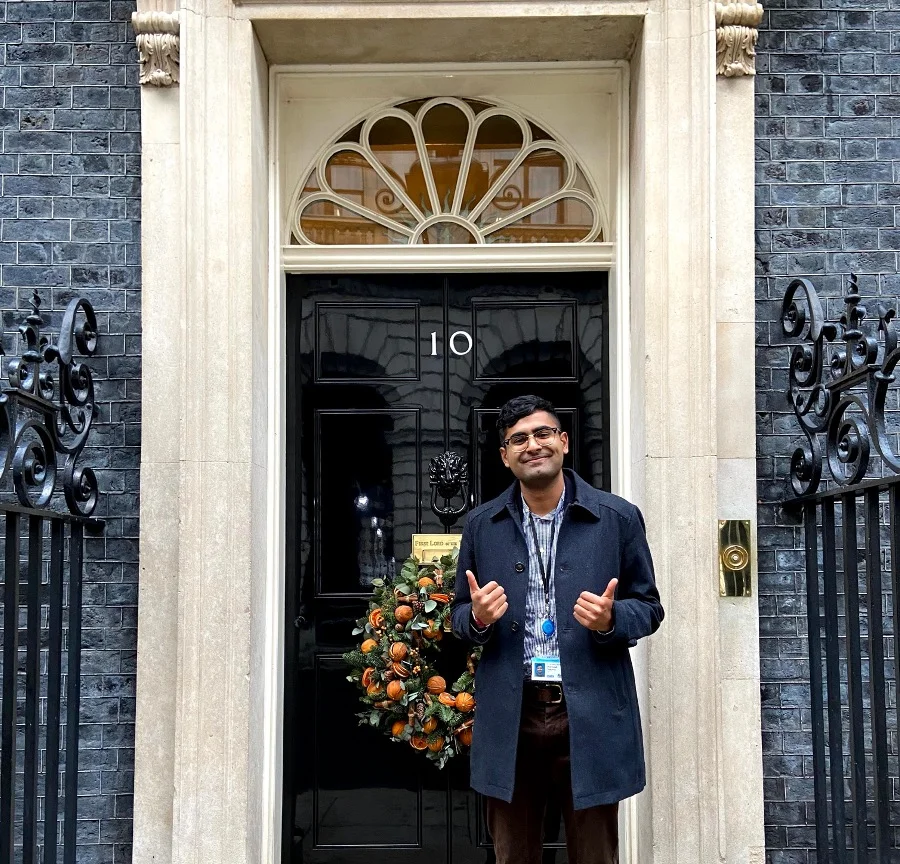Failure feels like an ugly word. It doesn’t have to be. Learning from times where you’ve fallen, helps you to stand tall when it matters.
 Photo by Andrea Piacquadio: https://www.pexels.com/photo/young-troubled-woman-using-laptop-at-home-3755755/
Photo by Andrea Piacquadio: https://www.pexels.com/photo/young-troubled-woman-using-laptop-at-home-3755755/
Here’s some famous people who have ‘failed’:
- Henry Ford went bankrupt before starting the Ford Motor Company.
- Thomas Edison tested thousands of materials before creating the carbon-filament lightbulb.
- J. K. Rowling received twelve rejections before the first Harry Potter book was published.
In this blog post, I wanted to cover times I ‘failed’, what impact it had on me, and what I learned from the experience.
Build empathy
When I first started my career, I was at a start-up. The founder wanted to build a feature to enable people to track their symptoms. When I spoke to users, I found they struggled with motivation, and in most cases gave up after a short time. I presented this back to the founder as a dry slide deck. This was a mistake. It did not help to build empathy between the founder and users. The start-up pressed ahead with the feature. They later canned it. If I had explained better, we could have saved time and focused on something important.
Now, I bring qualitative and quantitative data together to tell a story. Using videos or quotes helps to bring to life what our users are saying. I’ve also invited stakeholders to user research sessions to build empathy.
Controlled passion
For a time, I worked for the UK government to deliver digital services. I spent months talking to experts in government policy to learn what they think about the digital process.
I talked passionately about my research for an hour. By the end, I was buzzing with excitement. My audience didn’t feel the same.
Reflecting on this experience, I realised I was trying to convey too much information in one go. Now, I don’t wait for the big reveal. I share a summary of the key findings early. I keep my presentations short, 10-15 minutes max. Anything more, people’s attention wanes. Now, I try to share work early and often. I don’t wait for a big bang. I want to take people on a journey, and this helps to show people why I’ve taken the direction I have.
No blame culture
We were dependent on another team to enable our team to move forward. This team kept missing their deadlines. Emotions were running high, and I sent a terse email to get a new update on their timelines. The team responded back with their backs raised. This damaged the relationships between the two teams. Sending that email was the wrong move.
When I feel angry, I step away from my computer for a few minutes. I may also ask a colleague to review my response to ensure clear communication.
Why do some people succeed, and others fail?
Michael Jordan famously said: “I have missed more than 9,000 shots in my career. I have lost almost 300 games. On 26 occasions I have been entrusted to take the game-winning shot, and I missed. I have failed over and over and over again in my life. And that is why I succeed.”
When you fail, it can feel horrible. Re-framing that feeling can help you succeed in the long-term. To help you re-frame, I remind myself of the following:
“When we hit our lowest point, we are open to the greatest change” - Aang in the The Legend of Korra
Sometimes it takes a leap of faith, when making a decision. Don’t be afraid to make the ‘wrong’ move. It might just help you in the end.

